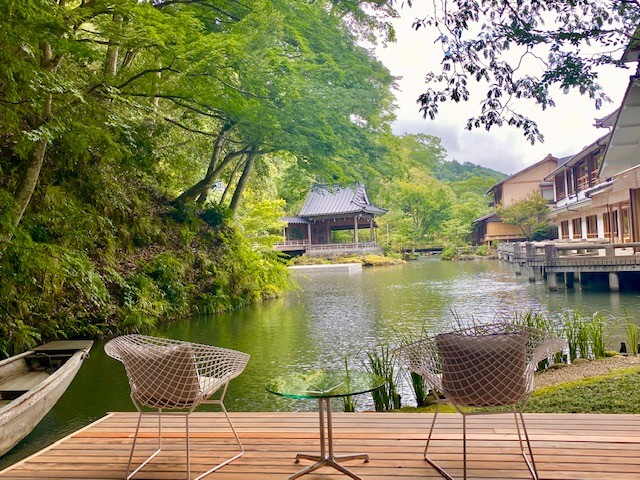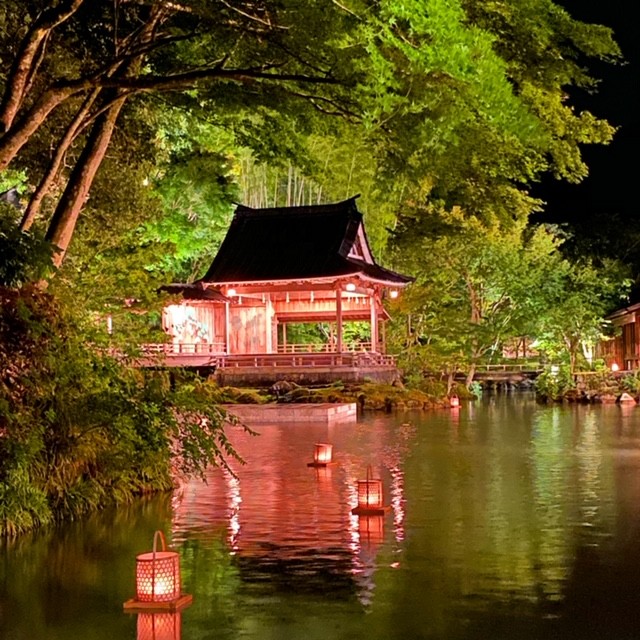
There are places in Japan where time seems to move differently — slower, quieter, more deliberate. Tucked away in the mountains of Shizuoka Prefecture, the hot spring town of Shuzenji has long been one such place. Poets, monks, and travelers have sought its serenity for centuries, drawn by its temples, bamboo groves, and healing waters.
It was here that I began my journey through Japan’s most celebrated inns, checking into Asaba Ryokan, a property with more than five hundred years of history. A proud member of Relais & Châteaux, Asaba is often described as the finest ryokan in the Kantō region, and by many, among the very best in all of Japan. With its tranquil ponds, Noh stage over the water, and gardens that change with the seasons, Asaba is not simply a ryokan — it is an immersion into the timeless beauty of Japanese hospitality.
Among the best traditional Japanese ryokan

This also happens to be one of my favorite ryokan. It has kept the traditional aspects of Japanese hospitality while also welcoming the modern. Traditional Japanese ryokan are usually lavish with food but short on space and light. So most ryokan are all about depth within narrow corridors and beauty amidst relative darkness.
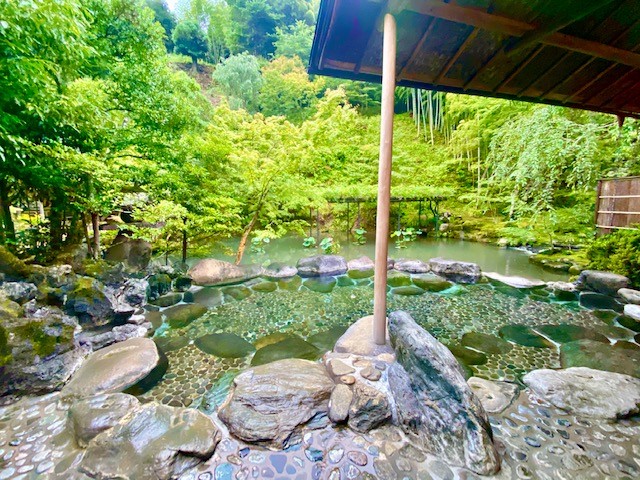
In this sense, Asaba is a cut above the rest and perhaps this is why I like it so. Its 500 year history ensures that there is no question of its pedigree as one of the finest ryokan in Japan. The interiors also guarantee a spotless reputation. A lake weaves its way around the rooms and there is an ancient Noh theater on the other side.
Noh performance in Asaba Ryokan
In October, famous Japanese Noh performers arrive at Asaba to perform on this breathtakingly beautiful stage. Many culture enthusiasts consider watching a Noh performance at Asaba as one of the best experiences of Japanese culture. And, yes, we’ve already booked a room for this year’s Noh performance. They’re highly in demand months in advance.
The works of Lee Yufan
At the same time, Asaba is bright and modern so you immediately feel cheerful upon entering. The ryokan owner too is a great connoisseur of contemporary art, so there is a very tasteful juxtaposition of the best of traditional architecture with the best of modern art.
Moreover, the ryokan has a great collection of the artworks of Lee Yufan. In fact, a black and white Lee Yufan mural welcomes you at the entrance, along with seasonal Japanese decor.
RYOKAN LIFE IN JAPAN
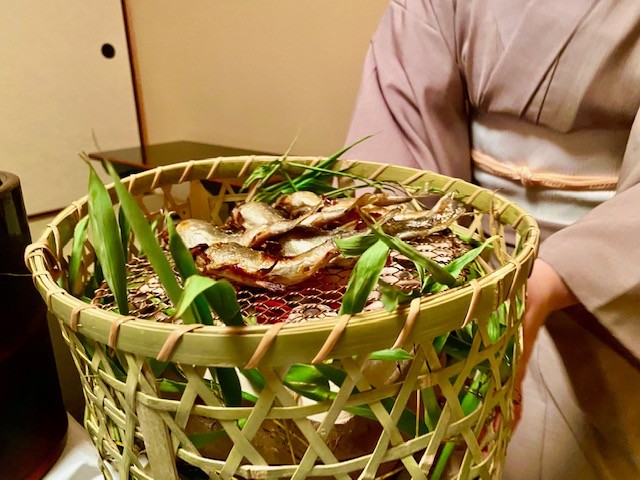

LA ESPERANZA GRANADA: THE MOST ROMANTIC HACIENDA IN SPAIN


Asaba Ryokan is known for its food and service. Regulars at Asaba know very well that this ryokan almost never changes its seasonal menu. This may sound strange to some, but it actually gives a sense of continuity. The world may turn upside down but dinner at Asaba is still the same. They serve the river fish ayu in the summer, a special chicken stew in the winter, and clams with rice in the spring. Meanwhile, breakfast always includes a Japanese-style omelette.
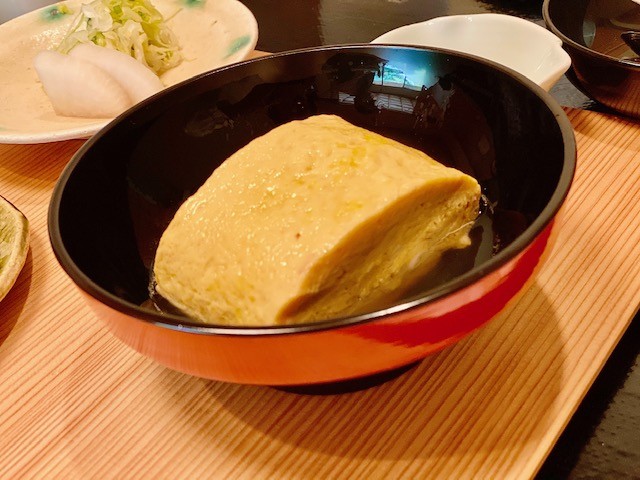
So it’s very apt that I start my journey around Japan with this ryokan that is both old and new, but it is also one that has not changed. And when I got into the famous outdoor pool of Asaba on my first afternoon here, I actually had to pinch myself. This was paradise found.

Read more about the best hotels in Japan in Travelife Magazine.


